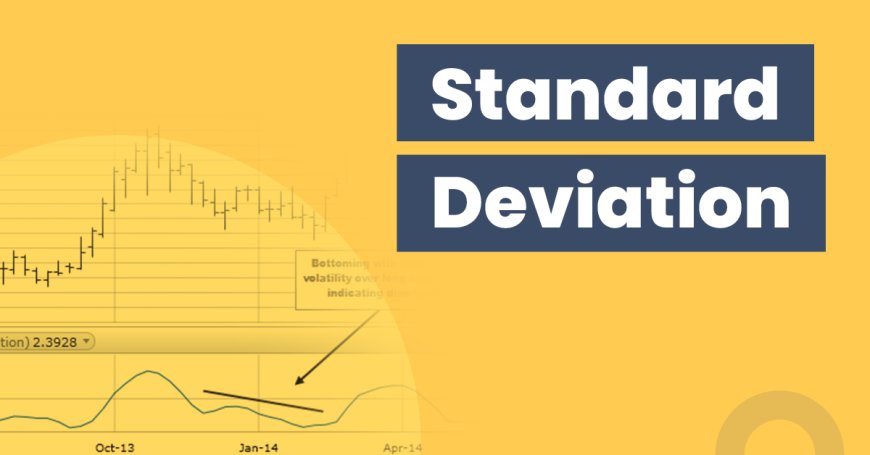Standard Deviation: What it is and How to calculate?
Standard Deviation is a crucial term in the field of statistics, investment, business analysis, and other data-related disciplines.

Standard Deviation is a crucial term in the field of statistics, investment, business analysis, and other data-related disciplines. It is a measure used to quantify the dispersion or variation in a set of values. Whether you are investing in the stock market or looking at weather patterns, the standard deviation can tell you how spread out your data is from the mean, or average.
For instance, in the context of the Indian stock market, if a particular share's price shows a high standard deviation, this suggests that the price of the share has high volatility and a higher risk. Conversely, a lower standard deviation indicates lesser volatility and relatively lower risk.
Now let's dig into how to calculate it. We’ll demonstrate this using an example in terms of Indian Rupees.
Suppose you've invested in five different stocks, and the returns over a given period are 300, 500, 700, 900, and 1100 rupees respectively. The first step is to calculate the mean (average) of these values. That would be (300+500+700+900+1100)/5 = 700.
Next, we subtract the mean from each of the values and square the result. This would give us (300-700)² = 160000, (500-700)² = 40000, (700-700)² = 0, (900-700)² = 40000, and (1100-700)² = 160000. We then find the mean of these squared values: (160000+40000+0+40000+160000)/5 = 80000.
Finally, we take the square root of this number, which is approximately 283. So, the standard deviation of your five investments is approximately 283 Indian Rupees.
Please note, this calculation is a measure of historical volatility and should be used as a guideline rather than a certainty. The market’s volatility may change due to various factors which might not be measurable.
It is important to note that a high standard deviation doesn't necessarily indicate a bad investment; sometimes it signifies a potential for a higher return. Similarly, a low standard deviation doesn't guarantee a good investment as it could simply mean that the returns are consistently low.
To wrap up, the standard deviation is a valuable tool in deciphering the volatility and risk associated with a particular investment. It provides investors with a measure of certainty or uncertainty in their investments.
However, one must critically gauge all the pros and cons of trading in the Indian financial market as fluctuations are a part and parcel of any investment. Remember that market outcomes can never be guaranteed, and past performance is not indicative of future results. Always use standard deviation in conjunction with other analysis methods to inform your investment decisions.
What's Your Reaction?






















